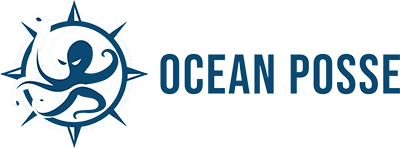CENTRAL AMERICA CELEBRATES INDEPENDENCE FROM SPANISH RULE
MEXICO, GUATEMALA, NICARAGUA, HONDURAS, EL SALVADOR, AND COSTA RICA CELEBRATE INDEPENDENCE FROM SPANISH RULE
SEPTEMBER 15TH, 1821
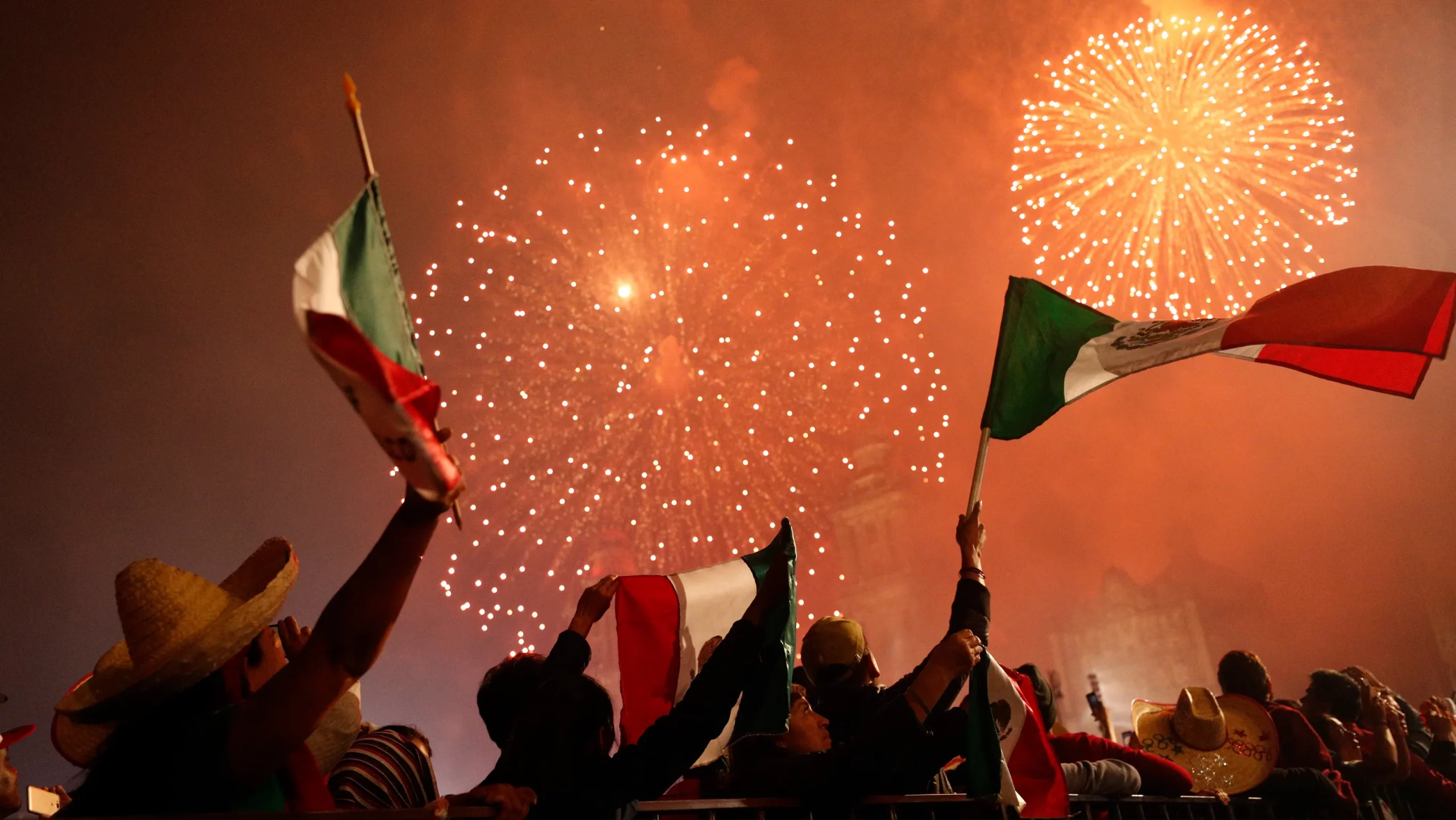
September 15, 1821 honors Mexican Independence and the signing of the Act of Independence of Central America, also known as the Act of Independence of Guatemala in which all these nations declared their independence from the Spanish Empire. (Panama gained their independence separately later in 1821.) This landmark day is celebrated as Independence Day in all of these countries today. Festivities Include flags flying, parades, fireworks, and traditional food, music, and dancing.


Hernan Cortez, arguably had the most dramatic impact of all the Spanish explorers especially in Mexico and Central America. Born to an impoverished noble family, he sought a life of adventure and riches in the New World. He trained as a notary before sailing to Hispaniola (modern day Haiti and Dominican Republic) as a colonist in 1504. After becoming the colony’s notary, he played a key role in the conquest of Cuba in 1511. In 1518 he was elected captain of the third expedition to what is now Mexico. He had some bad relations with the governor of Cuba who upon Cortes' departure attempted to recall the expedition. Cortes ignored this and embarked on the voyage with 500 men, weapons, and horses to conquer Mexico. Upon arrival, he befriended some natives, made enemy's of others, and sired his first born with a native woman named Dona Maria who also served him as an interpreter.

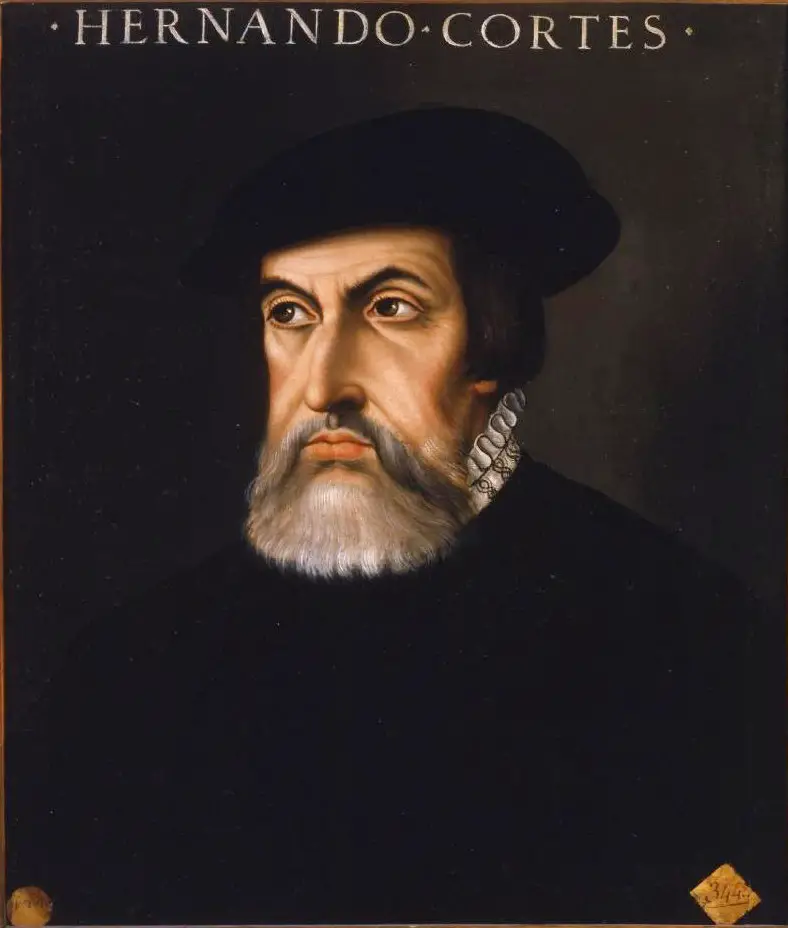
And so it was that in 1519, Spanish conquistador and expedition leader, Hernan Cortés, made landfall with men and horses on the shores of what is now Tabasco, Mexico. He and his forces saw to the demise of the Aztec Empire, made their way inland to Mexico City, and seized power. While the indigenous people resisted mightily, the Spanish were relentless. The diseases and weaponry they brought overtook indigenous populations from Mexico south. Cortés thereby brought a large portion of what is now Mexico, and soon the rest of what is now Central America, under the rule of King Castile. Thus began the first phase of Spanish colonization of the Americas. Cortes' second in command, Pedro de Alvarado was commissioned to settle lands further to the south. One by one, Alvarado colonized the areas that are now known as Guatemala (in 1523), Nicaragua & Costa Rica (in 1524), El Salvador (in 1528), and Honduras (in 1528). These countries, including what is now the state of Chiapas (in 1609) became known as the Captaincy General of Guatemala for which Spain's King Philip III held dominion.

After just over 300 years of Spanish rule, in the early 19th century global changes began to unsettle Spanish power making way for leaders in what is now Central America to declare their independence from Spain. In Europe, Spain was engaged in the Napoleanic wars with took their attention away from their colonies across the Atlantic. Further, with inspiration from Enlightenment thinkers, Mexico's fight for independence from Spain, and the American colonies' independence from England, and the French Revolution, José Cecilio del Valle, a Honduran lawyer, wrote The Act of Independence document bringing together a delegation of leaders from what is now Guatemala, Nicaragua, Costa Rica, El Salvador, and Honduras. They gathered in Guatemala city to create and sign the Act of Independence of Guatemala and to achieve sovereignty from Spain.

Soon after this declaration of independence these countries were briefly annexed by the newly independent Mexico. In 1823 delegates gathered again to form a federal republic- the United Provinces of Central America. The delegates drew up a constitution that provided leadership and regional autonomy. Overtime, conflicts arose between the separate nations; the United Provinces of Central America eventually fell apart and the leaders of each distinct nation once more declared their independence.
National celebrations today have grown and can begin before September 15th and go through the month celebrating national pride, independence, culture and heritage.

To read more on this subject this article covers quite a lot: https://shunoutdoor.com/article/why-does-central-america-celebrate-independence-day
This article is for the visual learners among us: https://studylib.net/doc/10144677/independence-movement-latin-america
MEET THE FLEET: SV SMALL WORLD III - Darren & Karen
MEET THE FLEET: SV SMALL WORLD III
Darren & Karen

After 30+ years of work in the Seattle area, Darren being a licensed professional civil engineer, and Karen an office manager; a plan was hatched to sell everything they owned, buy a sailing vessel, and travel the world. This afforded them the opportunity to retire 5-years early, planning to return to the USA at the age of 65, when healthcare becomes more affordable. June, 2020 their house of 20-years was put on the market.
June 15, 2020, Darren & Karen departed Washington in a rented motorhome bound for Ventura, California to search for a worthy blue water sailing vessel. Enter Todd Duff, Caribbean Sailor, Author, and Marine Surveyor. Todd had purchased a 1988 47.7 Bristol Cutter Rig in Florida. She was de-masted and he trucked Small World III to Ventura, California where he had worked on an extensive re-fit for an anticipated South Pacific / World Circumnavigation. Due to personal reasons, he sold SV SMALL WORLD III to Karen and Darren.
Karen and Darren departed from San Diego California, November 9, 2020 after finally receiving Certificate of Documentation from the USCG. The marina reservations in Ensenada, MX were in place. Two hours into Mexican waters the marina captain called to say, the previous owner of Small World III, (vessel named Anhinga) had a Temporary Import Permit (TIP) that had not been canceled, and instructed Karen and Darren to return to San Diego. A four hour downwind run immediately turned into a 8 hour upwind beat to return to California. While this wasn’t the beginning of the learning process, it was one of the more painful experiences. Two days later Small World III returned to Mexican waters and the adventure started AGAIN.

While in Mexico, they did some work on SMALL WORLD III and travelled inland. Highlights included, new Bimini and dodger in La Paz, new 50-gallon fuel tank in Mazatlán, and an AstraZeneca shot in small mountain village San Sabastian.
They continued to travel down the pacific coast cruising in El Salvador, Costa Rica, and Panama. Lessons: 1. Don’t runover lobster traps at 0400 hours leaving Turtle Bay, Mexico. 2. Don’t trust an English mechanic in La Paz, that he has fixed a leaking fuel tank. 3. Always be ready to sail your vessel because old fuel tanks cause plugged filters at the worst time. 4. make sure that your secondary anchor is available and ready for use as you sail up to anchor and find that your windlass is not operating and putting your primary anchor out of commission.
The big decision they had to make in November 2021: turn right to the South Pacific, turn left through the Panama Canal? Since French Polynesia, New Zeeland and Australia where still closed due to COVID the left turn was made December, 2021. In Panama, improvements included: new AGM batteries, a new 3.5 Kw NextGen generator, and a trip to San Diego for boat parts.
Once they got through the Canal, they spent three months learning about Caribbean Trade Winds and exploring San Blas, Shelter Bay Marina, Boca de Toro, and many other places. In March 2022, they made an upwind slog to Santa Marta Columbia. The highlight of this slog was hitting the Columbian coast 30 NM south of Cartagena and motoring into a 25 kt wind making 2.5 knots. They made an exceptionally brief stop in Cartagena for four hours to dry out and check weather. Their stay was brief, and Karen had to explain to the Port Captain on the radio that we were promptly leaving his authority and would check in to Santa Marta when we got there.
As promised their next port was Santa Marta. They checked in and then spent three months in Santa Marta, Columbia making land-based trips, to Cartagena, Bogotá, Cusco, Machu Picchu, Peruvian Amazon, Lake Titicaca, and Aramu Muru. At the marina in Santa Marta, they dropped their centerboard to its max depth of 11’ so the boys could clean the barnacles off it. After about 3 weeks in a marina that was only 11’ deep they found the centerboard pin had worked itself out of the hull on the port side. SURPRISE....A 2” diameter by 14” naval bronze pin worked its way out rendering the centerboard nonfunctional. Unfortunately, Santa Marta is not an economical place to haul out: $2,500 was the quote, excluding work, which they would not let the boat owner do. They found a better solution, but they had to work for it. In June, 2022, they commenced a 3-day upwind beat to Aruba, where they could be haul in and out for less than $600. They then took a quick couple months back in the states, returned to Small World III, which had a new centerboard pin and bottom paint. Problem solved! Then they sailed off to Curacao and Bonaire, for the balance of the hurricane season.
November 6, 2022, Karen and Darren crossed 550 nm of the Caribbean Sea from Bonaire to Saint Martin. Our buddy boat a 42-foot catamaran called 2CAN, was fraught with problems, losing their wind instruments on day 2 and engine problems on day 4. SMALL WORLD III provided wind information and weather forecasting every 6 hours for the rest of the passage and kept a close eye on them, as they motor sailed to the French side of Saint Martin.
We then ventured to Saint Kitts, Antiqua, and Guadeloupe. That’s as far as we got towards the windward Caribbean, as our destination was actually Florida to stage for our Atlantic crossing. Back we went to Saint Kitts, and Saint Martin. From there it was the BVIs, USVIs, one month in Puerto Rico, one month in Dominican Republic while Karen recovered from a broken foot. Then on to Turks, Exuma's, Bahamas, then West Palm Beach, Florida..

June 6, 2023, we departed Savannah, Georgia. They spent 21 days making way to the Azores, had an8-day weather delay, and then took 9 days to Tangier Morocco. Gibraltar, Valencia, Spain, Ibiza, Majorca, Minorca, Sardegna, Corse, Italy, Sicilia, and then in November to Tunisia, for the winter. We had checked into the EU in Valencia, and checked out in Messina, Sicily. Three months had flown by way too fast, and we were troubled by the odd looks we got at both check in and check out.
By April 2024 with new bottom and hull paint from Monastir, Tunisia, we departed for Malta. Upon entry, we were delighted to get a crew list stamped rather than our passport. Three weeks later we departed for Venice with 800 AH of new lithium batteries on board. What a game changer! To Sicilia, Italy, Croatia, finally arriving in Venice May 15, 2024. Still no stamp on the passport, yea. In Croatia, we obtained a Navigation Permit with the assistance of an Agent, and our tourist tax was paid online. In Venice, we removed our 00000 Turbo for service and cleaning, a routine item. Unfortunately, the authorized Yanmar dealer was not equipped for maintenance and only offered a new replacement at 2000 euro. We ordered a turbo core from the US. It made it to Tessera Italy in 4 days, and that’s as close as it got, about 15 NM from us. We waited for two more weeks and it was apparent that it was never going to clear customs. We left, the core went back to the US, and by the way, because the turbo was disassembled for the core replacement it ended up getting cleaned and found to be in good operating condition. Just what we wanted anyway.
SMALL WORLD III departed Venice on June 6, 2024 and went back through Croatia. They then, checked into Greece June 15, 2024 with the use of an agent. We now have a Greek Transit Log, paid for four months, thru September 2024. Still no stamp on our passport. They have since visited many islands in the Ionian Sea, and crossed the Corinth Cut on July 5, 2024. More recently, they have cruised around many islands around Athens, then north to the Sporades, followed by cruising to all four major islands, and making our way to Mykonos on a downwind run in the Aegean Sea.
We are currently in Paros, south of Mykonos, with the intent of heading east to Kos and Rhodes. We’ll try to figure out a way to visit Turkey that is economical; their inflation rate in the past five years is so far out of hand that marinas that were once less than 500 euro per month are now 3000 to 4000 euros per month.
We plan to head back to the Caribbean this Winter. From there, we don’t know. Or we could winter in Malta or Tunisia, and do another lap next year. Time will tell.
SV SMALL WORLD III Karen & Darren - Bristol 47.7
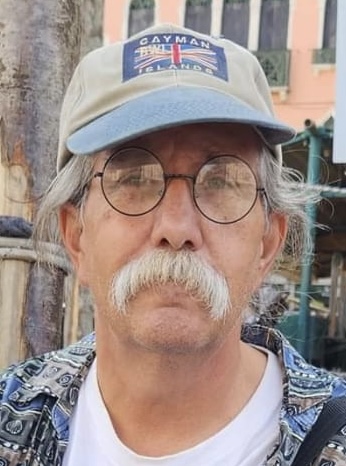
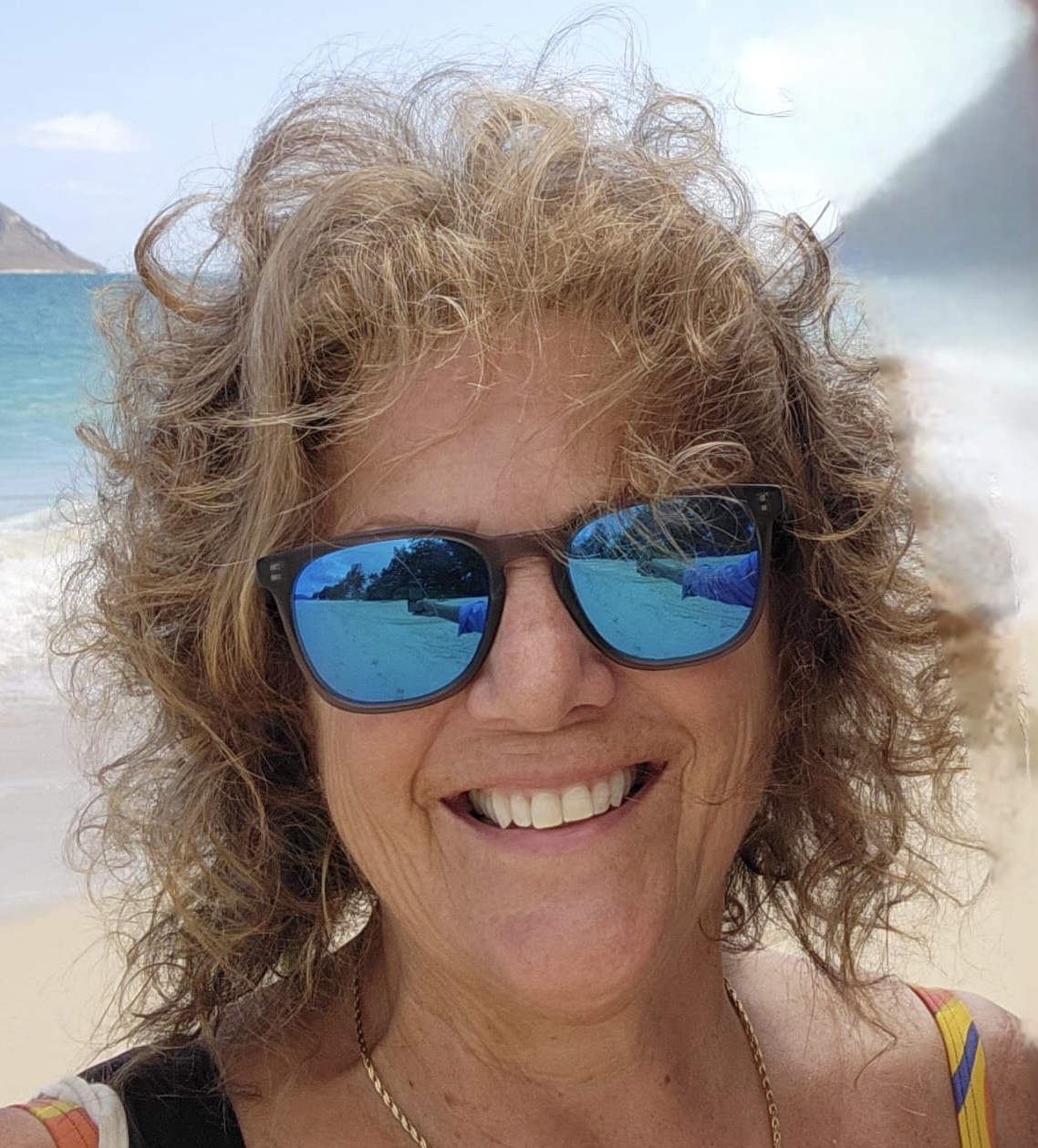
THANK YOU FOR THE INTRODUCTION!
